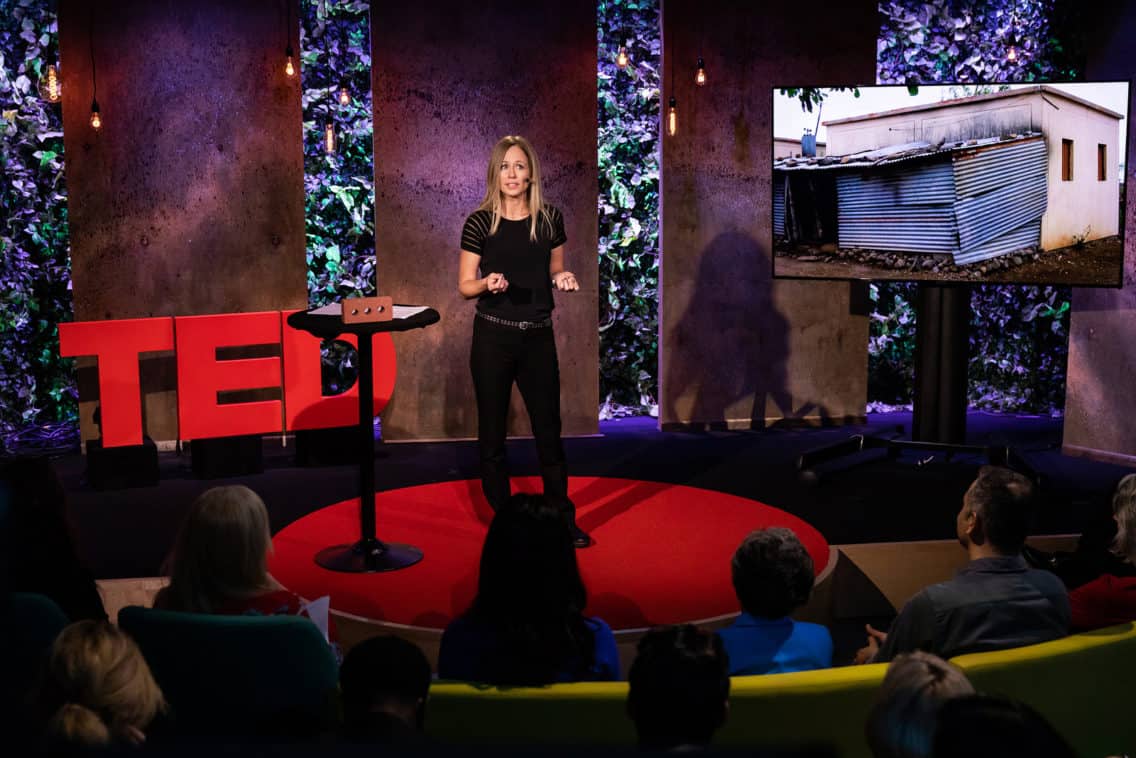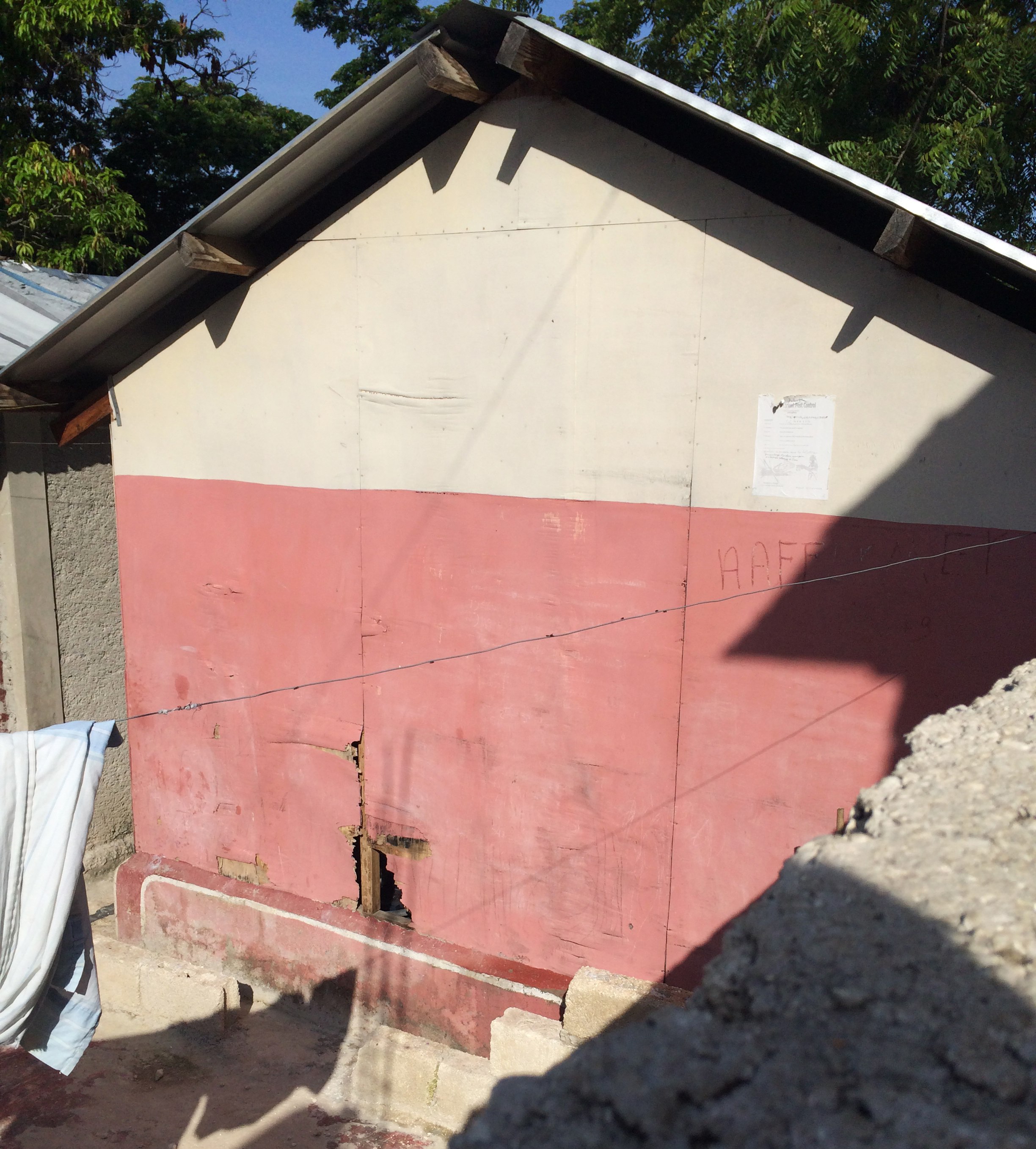Build Change CEO Delivers Vision of Housing Resilience at TED Conference
WASHINGTON, D.C., Sept. 25 — Dr. Elizabeth Hausler, Founder and CEO of Build Change, delivered an impassioned TED Talk to the organization’s “We the Future” conference in New York, joining thousands of other social entrepreneurs and activists in calling for a renewed commitment to building housing resilience and battling poverty in the developing world.
The marquis event at the TED World Theater in Manhattan celebrated the 73rd annual opening session of the United Nations General Assembly.
Retrofit Type Design Approved: A Turning Point in Nepal’s Reconstruction!
An estimated 500,000 Nepali earthquake-affected homeowners in Nepal can now choose to retrofit their damaged homes. In doing so, an estimated 2.5 million lives would be made safe from future earthquakes and 30 megatons of construction materials, and 1 billion USD could be saved.
The National Reconstruction Authority (NRA) approved the retrofitting type design submitted by Build Change for stone masonry buildings in mud mortar on June 4th, 2017, after review by Technical Committee including representatives from the Ministry of Urban Development (MoUD) and leading Nepali structural experts.
SMS as a cheap, fast way of sharing information on safe construction
“It helps to solve problems during construction and adds to my knowledge to make good choices during building.” This is the feedback from Tukiran, a homeowner Build Change is supporting to rebuild safely after the July 2013 earthquake near Takengon, Aceh. Preliminary indications are the text messaging is a simple, fast, inexpensive method for sharing information about the basics of safe construction. More efforts are underway to further quantify the impact.
Status update: collecting data using tablets instead of paper
Build Change has relied primarily on paper-based inspection checklists and manual filing of photographs for collecting data on homeowners, trainees, and compliance rates of houses. This system can work on small projects, but it has limitations, including time lag between data collection, interpretation, and decision-making, and opportunities for errors and corruption. We have started an ambitious switch to digital, in partnership with the Grameen Foundation and using Taroworks and Salesforce.
Why not build from pre-cast components? Straw bales? Used tires? Plastic bottles?
Homeowners don’t steal from themselves. Put them in charge of reconstructing their home, and they reuse materials. Often, they contribute their own funds. And their degree of satisfaction is so much higher than if we give them a house that they don’t trust is safe. We’re not asking them to use sweat equity and build the house themselves; in that case, we would miss the opportunity to train local builders who will go on to build many houses,
Donor-driven housing reconstruction: Pretty houses at high cost
The government of India (in partnership with the World Bank) had it sorted out after the 2001 Bhuj, Gujarat earthquake. Provide a clear and simple guideline, provide cash grants in installments contingent upon following those guidelines, and provide third party technical assistance to coach homeowners and builders through the process. Why has it taken the rest of the donor and aid community so long to catch up? After the Indian Ocean tsunami, the NGO community insisted on donor-driven housing,
Retrofitting can be done fast and at low cost
Retrofitting, or strengthening a building to withstand the next earthquake or typhoon, is an efficient and safe way of putting existing stock back in play after a disaster. It can be done at a cost equivalent or lower than temporary shelters. If done in tandem with a large-scale effort to build capacity of local engineers, architects, and construction professionals, it can be done efficiently and at scale.
Temporary Shelters Waste Time and Money
After the 2009 earthquake in West Sumatra, the government of Indonesia strongly discouraged the donor and NGO community from building transitional shelters, or T-shelters. Instead, they recommended providing technical assistance and cash grants. In Haiti, T-shelters were implemented in large numbers after the 2010 earthquake, taking time and resources away from providing a more permanent solution. Temporary shelters may be unavoidable in some harsh climates, but most of the world is well positioned to abandon this temporary fix and move directly to permanent housing.
Do rental subsidies work in the long term?
More than half of the world’s population is now living in urban areas, increasing the risk of large-scale urban displacement due to natural disasters such as earthquakes, typhoons and tsunamis. When a city’s housing stock is damaged or depleted due to a disaster, it puts a strain on the city’s ability to respond and recover, as public and private spaces are filled with temporary shelters and the affected populations – necessary to the recovery effort – live in insecurity.









